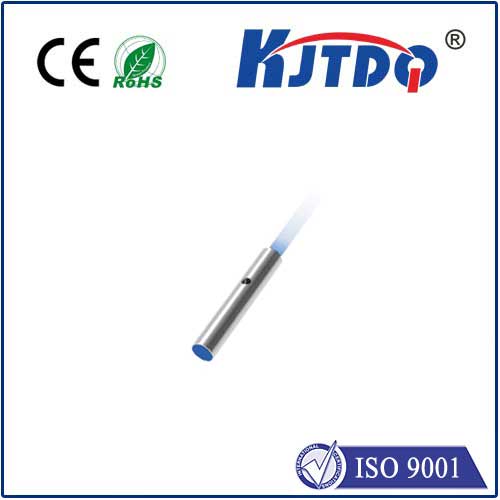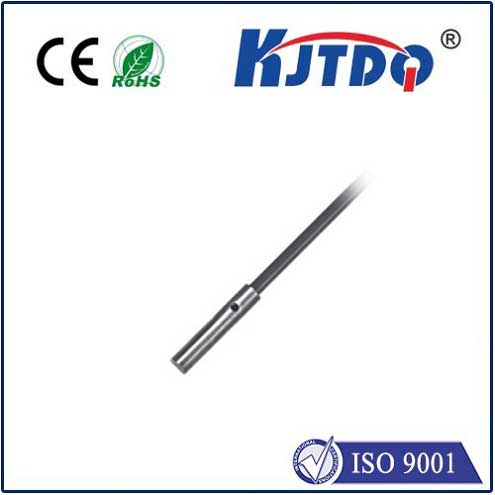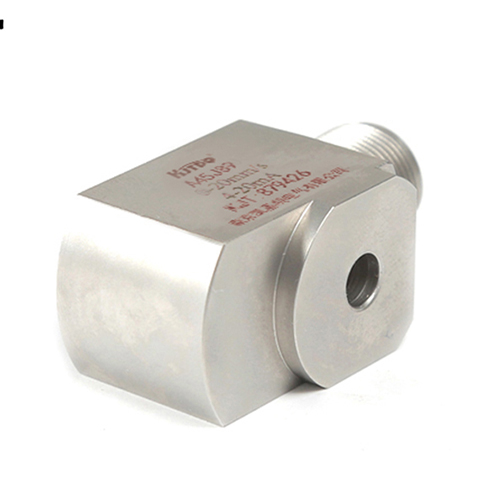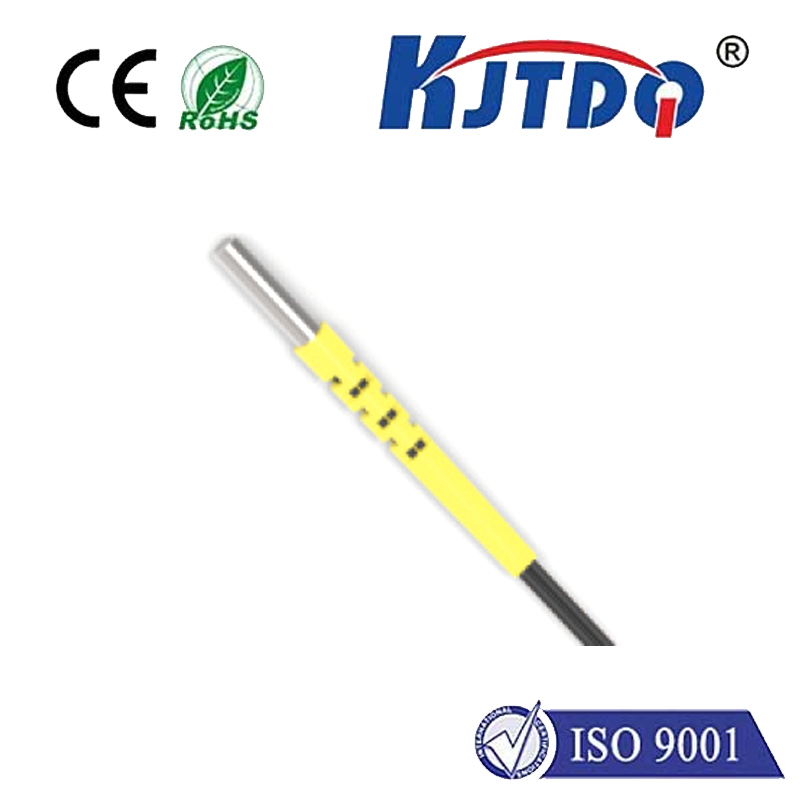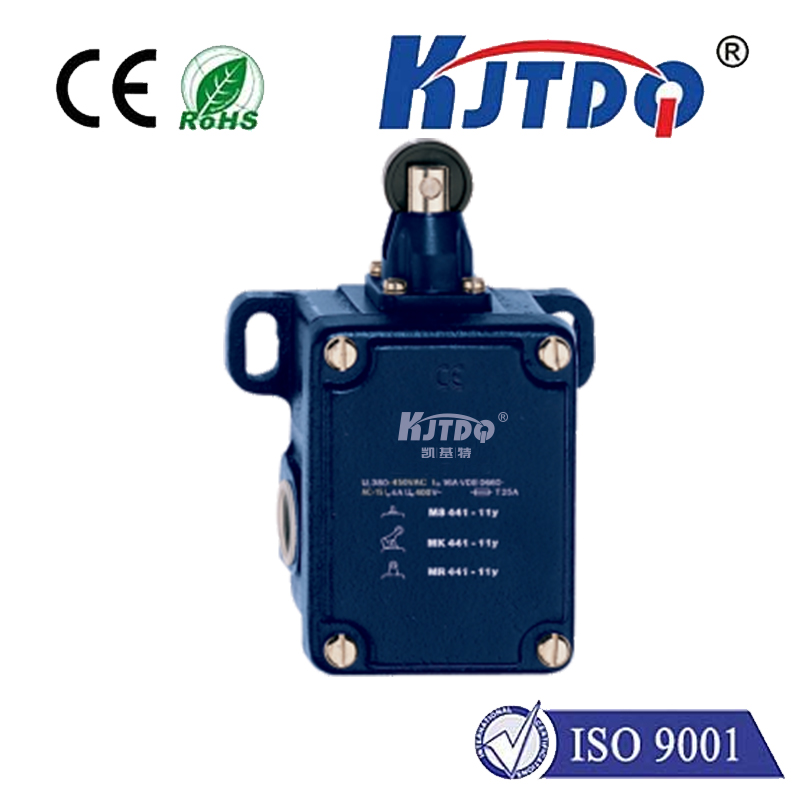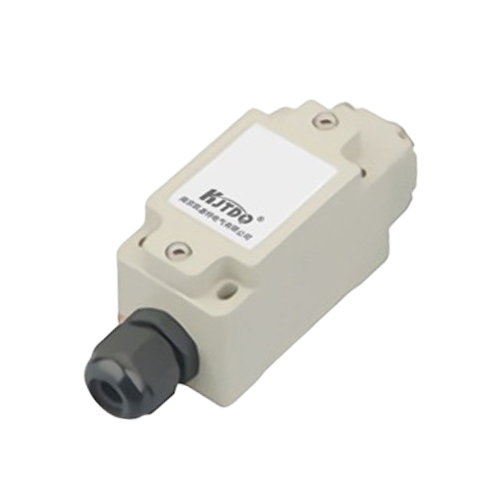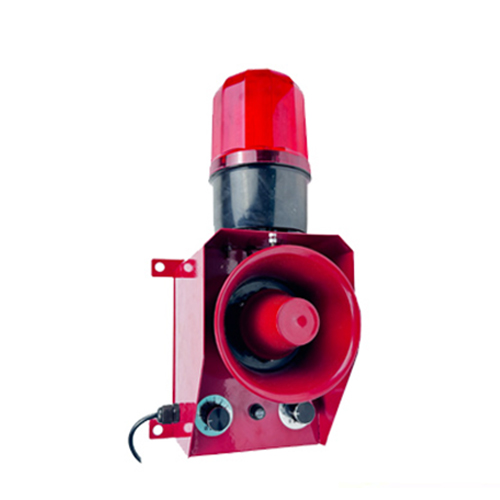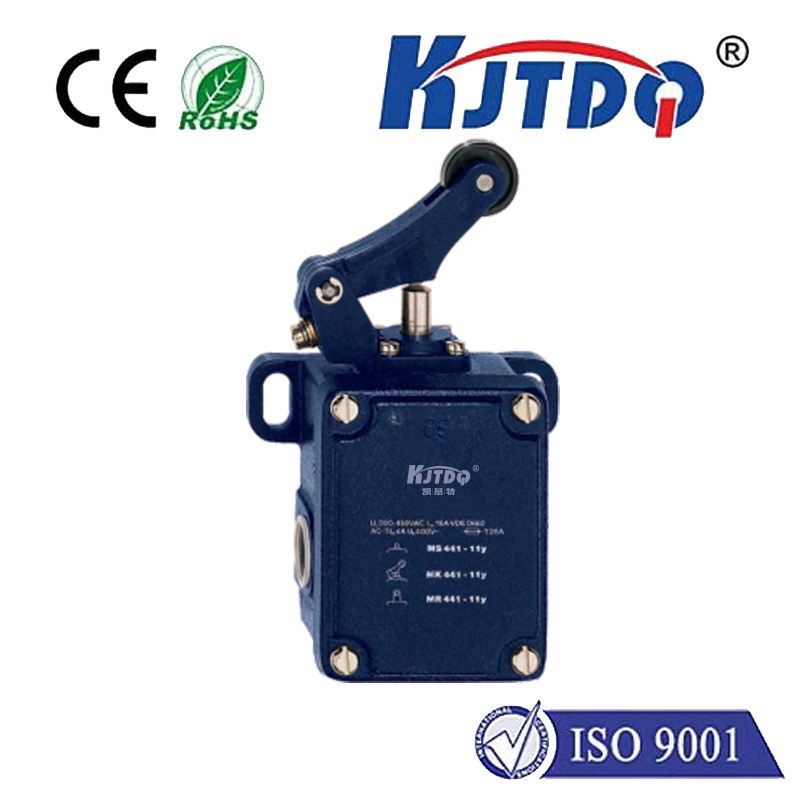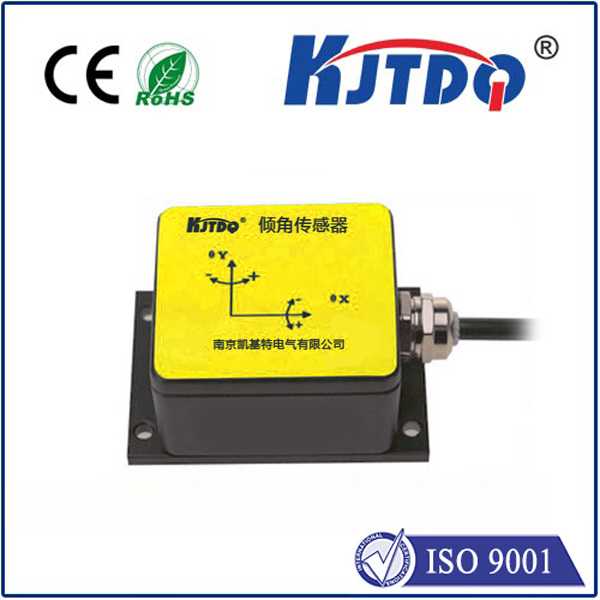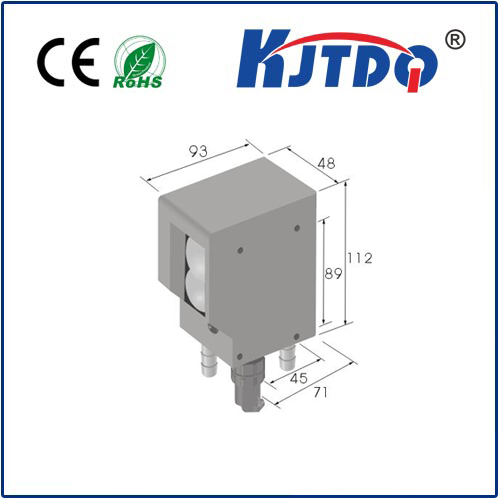

check

check

check

check
Introduction:
The truck industry has been evolving rapidly in recent years, with new technologies and innovations shaping how goods are transported. One such technology that is gaining traction in the industry is the truck proximity sensor. These advanced sensors have the potential to revolutionize the way trucks operate, improving safety, efficiency, and overall customer experience. In this article, we will explore the capabilities and benefits of truck proximity sensors and their impact on the future of commercial transportation.
Section 1: What Are Truck Proximity Sensors?
Truck proximity sensors are electronic devices that use ultrasonic or infrared waves to detect objects in their surroundings. These sensors are typically mounted on the sides or rear of a truck, providing drivers with real-time information about objects such as other vehicles, pedestrians, and obstacles. The information collected by these sensors can be used to help drivers avoid collisions, navigate through congested areas, and optimize route planning.
Section 2: Benefits of Truck Proximity Sensors
1. Improved Safety: By providing drivers with accurate and reliable information about their surroundings, truck proximity sensors can help prevent accidents caused by human error or poor visibility. This can not only save lives but also reduce the cost of repairs and insurance claims.
2. Increased Efficiency: Proximity sensors can help drivers optimize their routes by identifying the most efficient and quickest paths to their destination. This can lead to reduced fuel consumption, lower emissions, and improved productivity for both the driver and the company.
3. Enhanced Customer Experience: By reducing the number of accidents and ensuring timely deliveries, truck proximity sensors can improve the overall customer experience. This can lead to increased customer satisfaction, loyalty, and repeat business for companies.
4. Better Regulatory Compliance: Many countries have strict regulations regarding the use of autonomous vehicles and other advanced technologies in the trucking industry. Proximity sensors can help ensure compliance with these regulations by providing valuable data on vehicle operation and location.
Section 3: Challenges and Future Developments
While truck proximity sensors offer many benefits, there are also some challenges to overcome before widespread adoption. One significant challenge is the high cost of implementing these sensors on existing truck models. Additionally, there may be concerns around data privacy and security when it comes to collecting sensitive information from vehicles on the road. However, as technology continues to evolve, these challenges may be addressed through improved sensor design, more affordable pricing options, and better data protection measures.
Conclusion:
In conclusion, truck proximity sensors represent an exciting development in the trucking industry that has the potential to significantly improve safety, efficiency, and customer satisfaction. As more companies invest in these cutting-edge technologies and address the challenges surrounding their implementation, we can expect to see a future where autonomous trucks and other advanced vehicles play an increasingly important role in commercial transportation.
